The Seven Streams of the River Ota at the National Theatre
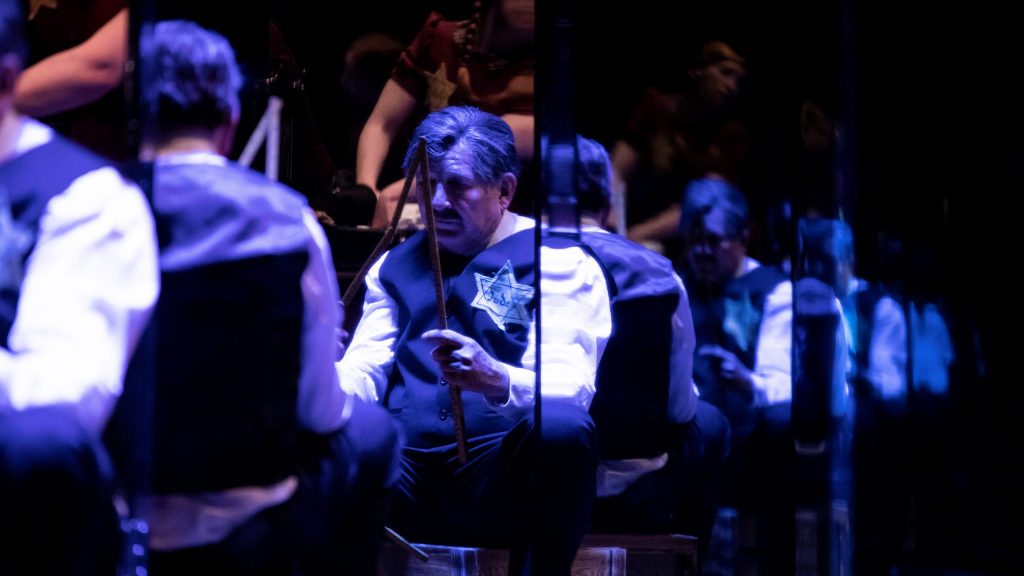
A play of epic scope returns to the National Theatre after a quarter of a century, marking the 75th anniversary of the WWII Hiroshima attack. Celebrated Canadian director Robert Lepage and his multidisciplinary company Ex Machina revive and update The Seven Streams of the River Ota, and it’s a journey worth embarking on.
The first point that sets the show apart is its marathon running time: seven hours (including three intervals and two short intermissions), taking the audience from afternoon to night, from 1945 all the way to the end of the 20th century in seven segments or acts.
The story begins in Hiroshima, in the aftermath of the atomic bomb catastrophe. An American photographer is taking pictures of homes and buildings damaged by the attack. He meets a lady who talks to him from behind a screen and then invites him for tea, without ever revealing her face to the audience. He eventually finds that she was disfigured, and she asks to be photographed. They speak of her little daughter who was blinded by the nuclear fires, and he tells her of his son back home in the US as they get closer and closer.
Fast-forward twenty years, and the action moves to 1960s New York. A young Japanese man joins a shambolic house-share that sees the threads of the previous episode connect, but where humour abounds. There are new characters whose pasts and futures will be revealed in the following acts, each of which sees the plot move to a different city and decade, following the sorrow-tinged lives of those directly affected by the war and their descendants. They branch in many different directions, but like the streams of the river Ota, they all clearly come from the same source. There is a strong sense of the interconnectedness between people and generations, and the idea that nothing ever really disappears or goes away, but rather continues its course in a new form.
Visually arresting, the play has a cinematic approach but also pays tribute to theatre, for instance via a play-within-the-play and references to Japanese performance traditions. There are often homes or interior spaces containing the action, with the outside structure clearly outlined and doors or windows included. This gives the feeling of peeping in from the outside and discovering a melancholy secret behind every closed door. By peering in, we see more authentic identities emerge in intimate spaces.
Aside from the historical layer documenting the changing times, the story features actors, diplomats, musicians, magicians, translators, dancers, and the use of masks, makeup, mirrors and photographs that all reiterate the concept of masquerading and distorting the self. The idea is also explored of losing sight of the true essence of things as it is always diluted by words and filters.
The cast excels on all fronts, moving expertly across disciplines, moods and languages. With such an extensive running time, Lepage has allowed himself to expand his ideas beyond a single episode or moment in time. The play makes excellent use of the most appealing aspect of storytelling for an audience – namely, to see where each thread of the story leads, and where it came from. A unique theatrical experience, not to be missed.
Mersa Auda
Photos: Elias Djemil-Matassov
The Seven Streams of the River Ota is at the National Theatre from 6th March until 22nd March 2020. For further information or to book visit the theatre’s website here.

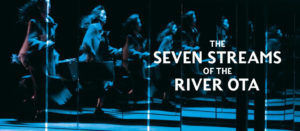
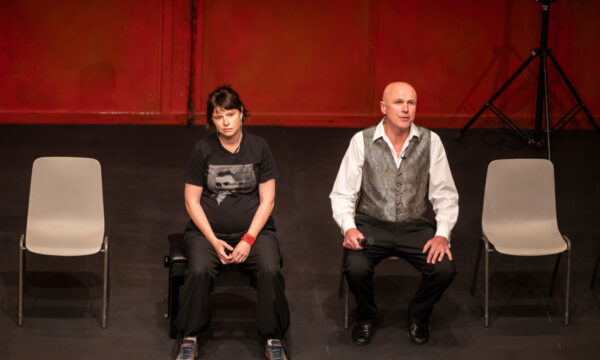
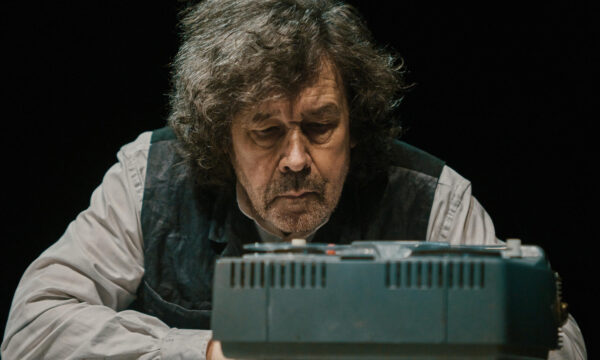

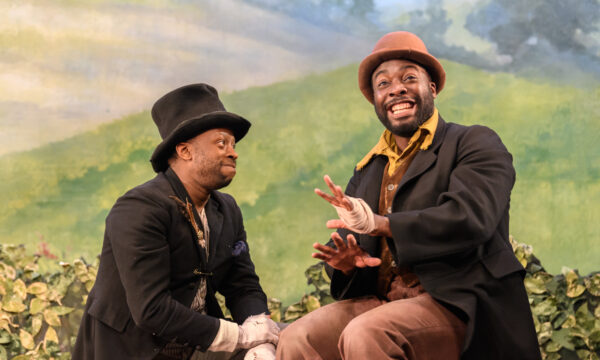

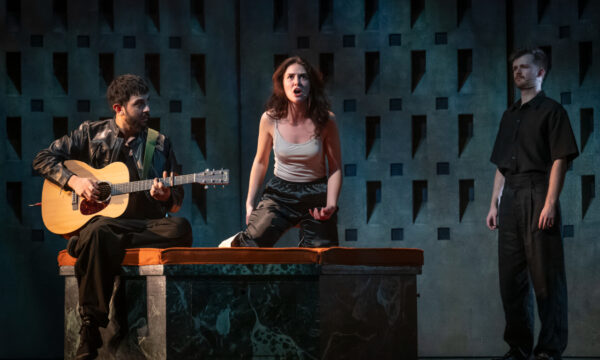


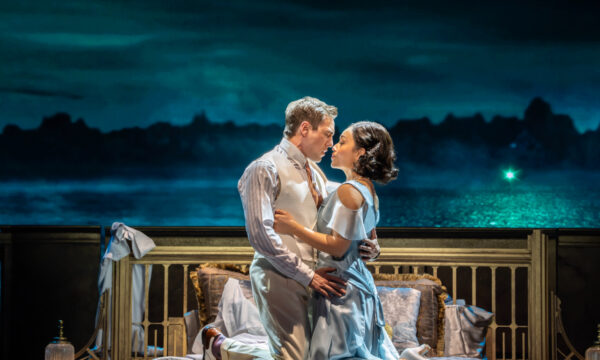
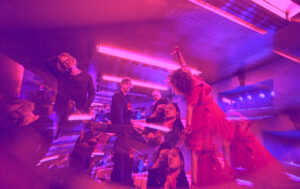
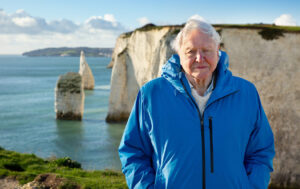
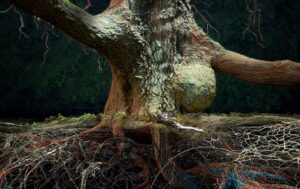


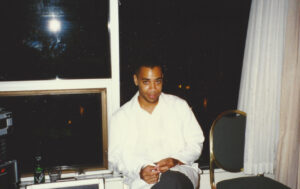



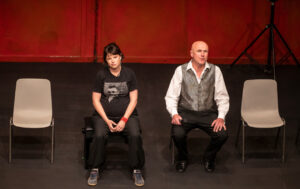





Facebook
Twitter
Instagram
YouTube
RSS